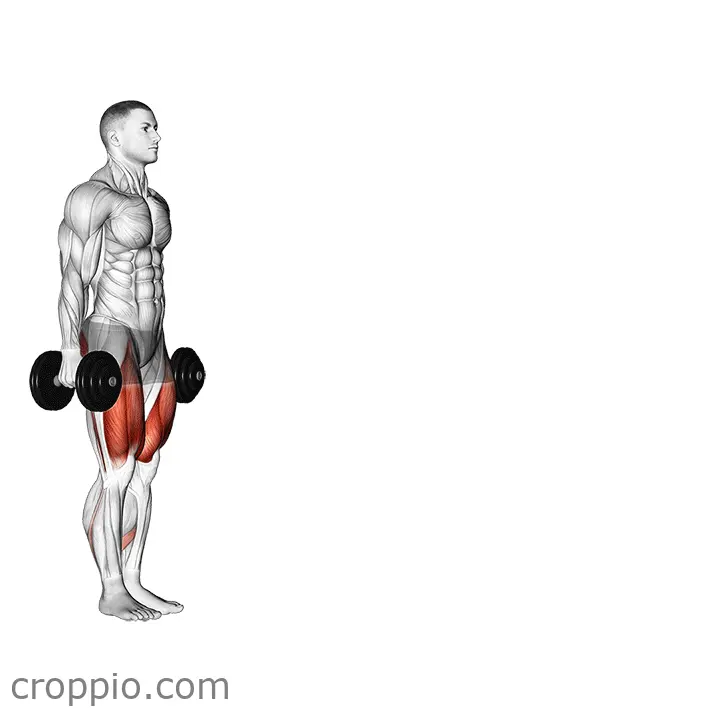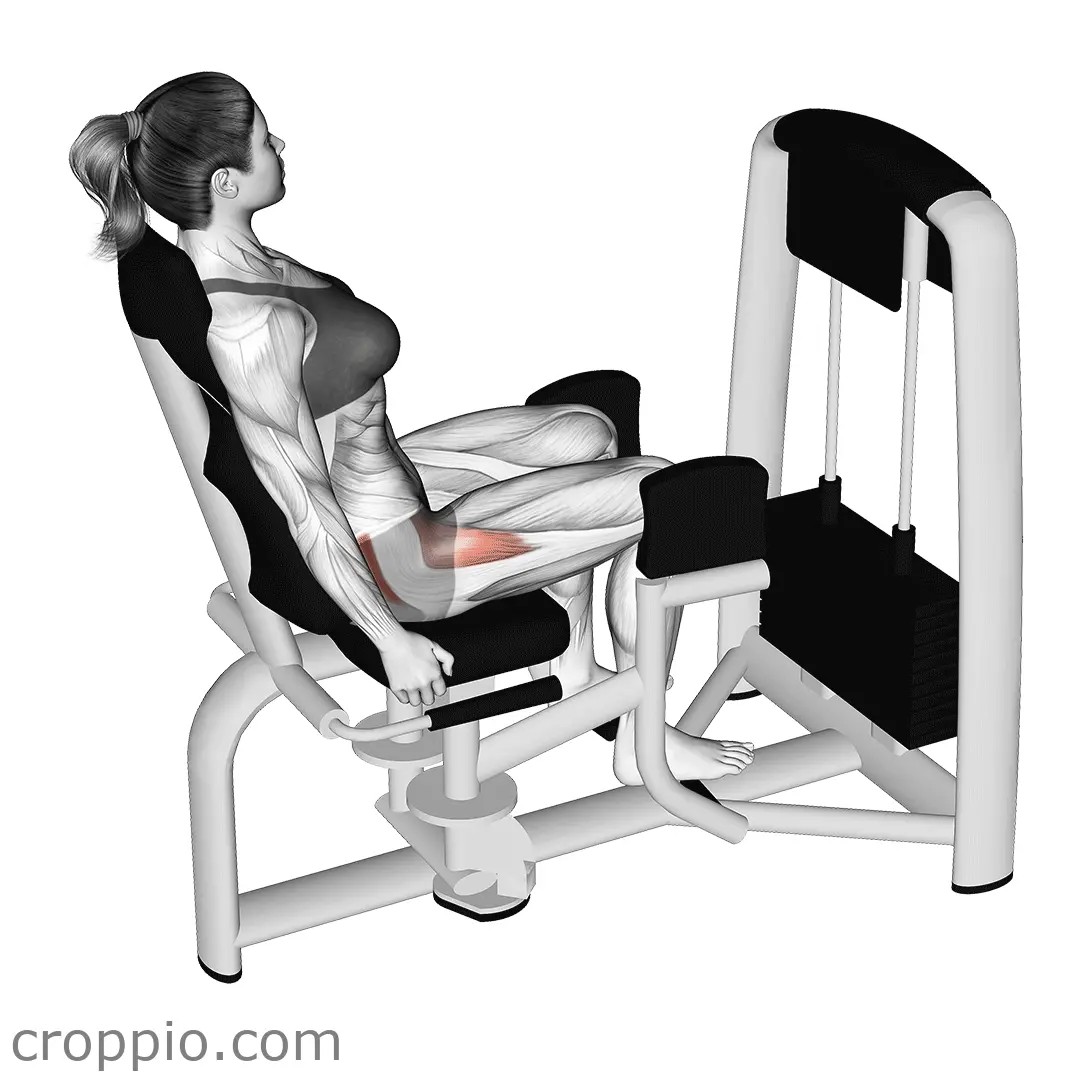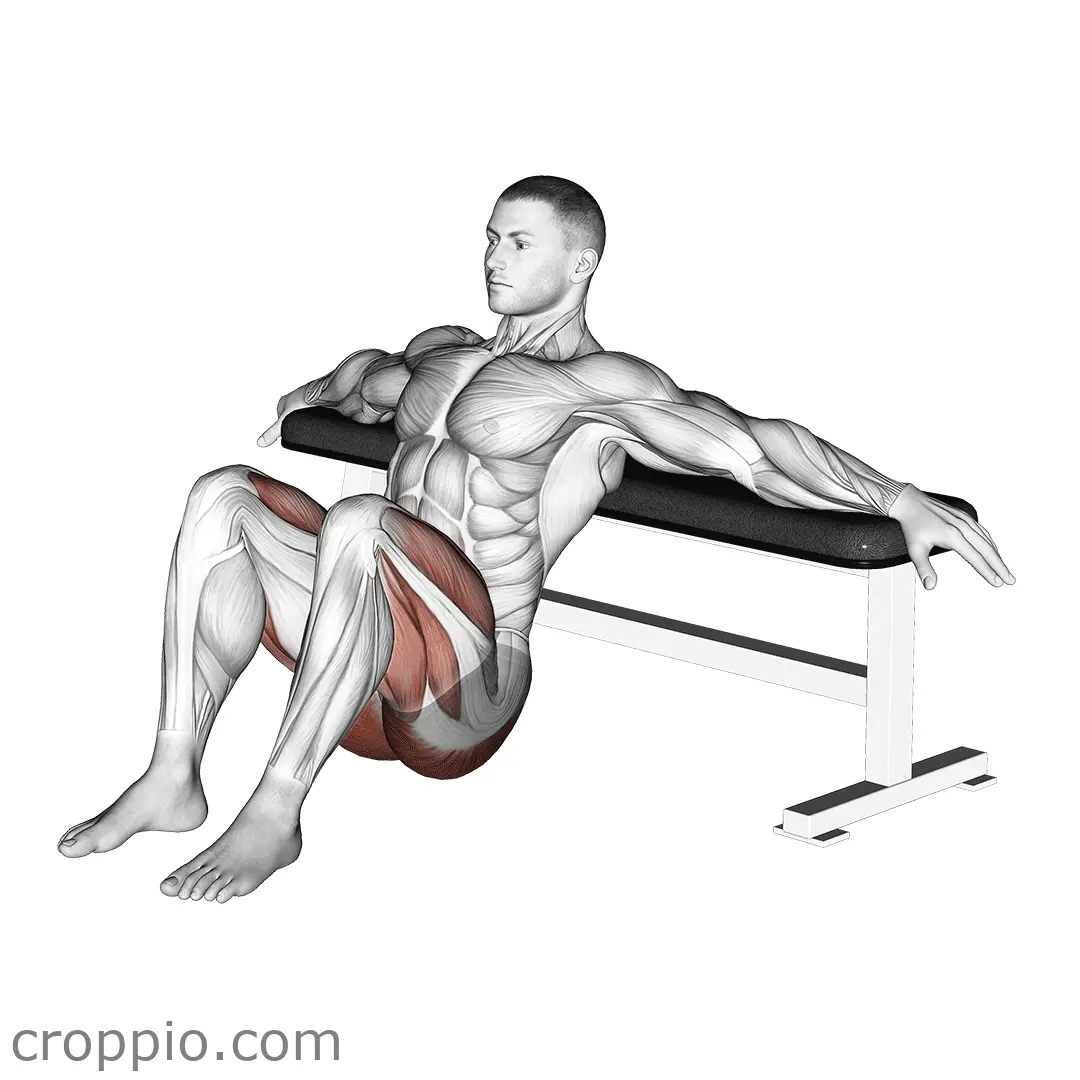Seated Band Hip Abduction

Muscles Involved
The seated band hip abduction primarily targets the gluteus medius and gluteus minimus, which are crucial for hip stability and lateral movement. These muscles play a key role in stabilizing the pelvis during gait and athletic activities. Additionally, the exercise engages the tensor fasciae latae and helps in strengthening the outer thigh muscles, contributing to improved functionality in actions like running, climbing stairs, and side-to-side movements.
Top Mistakes
- Using too much resistance, which can compromise form and increase the risk of injury.
- Failing to maintain a straight back, leading to poor posture and potential strain on the lower back.
- Not fully extending the legs out to the side, which reduces the effectiveness of the movement.
- Moving too quickly, which can lead to a lack of control during the exercise.
Execution Tips
To perform the seated band hip abduction correctly, begin by sitting on a sturdy chair with your back straight. Place a resistance band just above your knees. As you engage your core, slowly push your knees outward against the band, focusing on controlling the movement. Keep your feet flat on the floor and avoid leaning back. Perform the movement in a slow and steady manner, holding the position for a moment when your legs are fully abducted. Ensure that your hips remain level and do not rotate during the motion.
Workouts
The seated band hip abduction can be conveniently integrated into any lower body strength or rehabilitation routine. Aim for 3 sets of 12-15 repetitions, allowing for a brief rest between each set. To complement this exercise, consider incorporating other movements that target the lower body, such as squats, lunges, and glute bridges. This combination will enhance overall hip strength and stability, making it beneficial for both general fitness and athletic performance.
Conclusion
Incorporating the seated band hip abduction into your workout routine offers numerous benefits, including strengthened hip muscles, improved stability, and enhanced functional movement. Its focus on the often-neglected outer hip muscles can contribute to better overall lower body strength and can help prevent complications associated with weak hips, such as knee pain or injury. This exercise is suitable for various fitness levels and can be easily modified, making it an excellent addition to any strengthening program.



